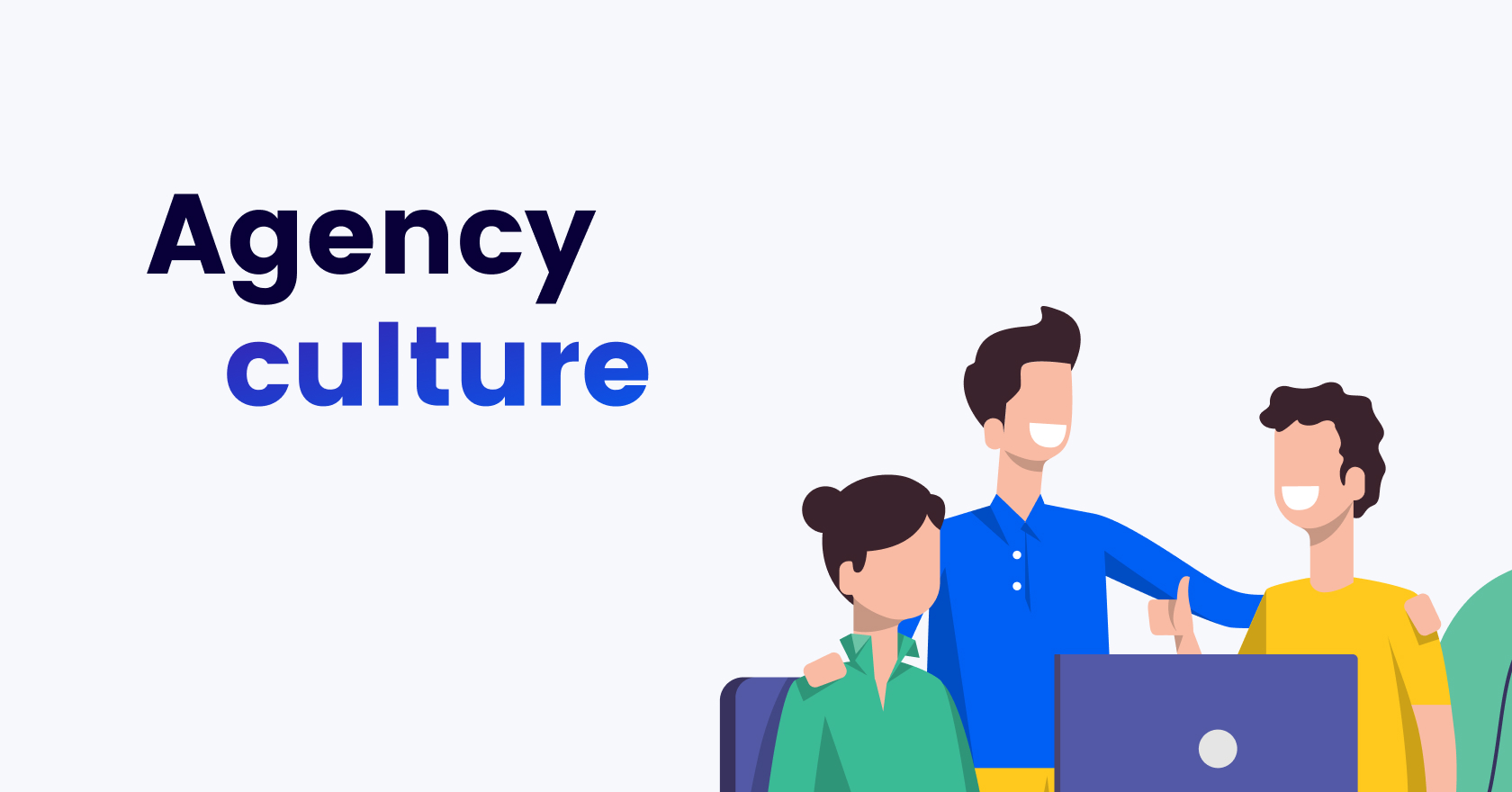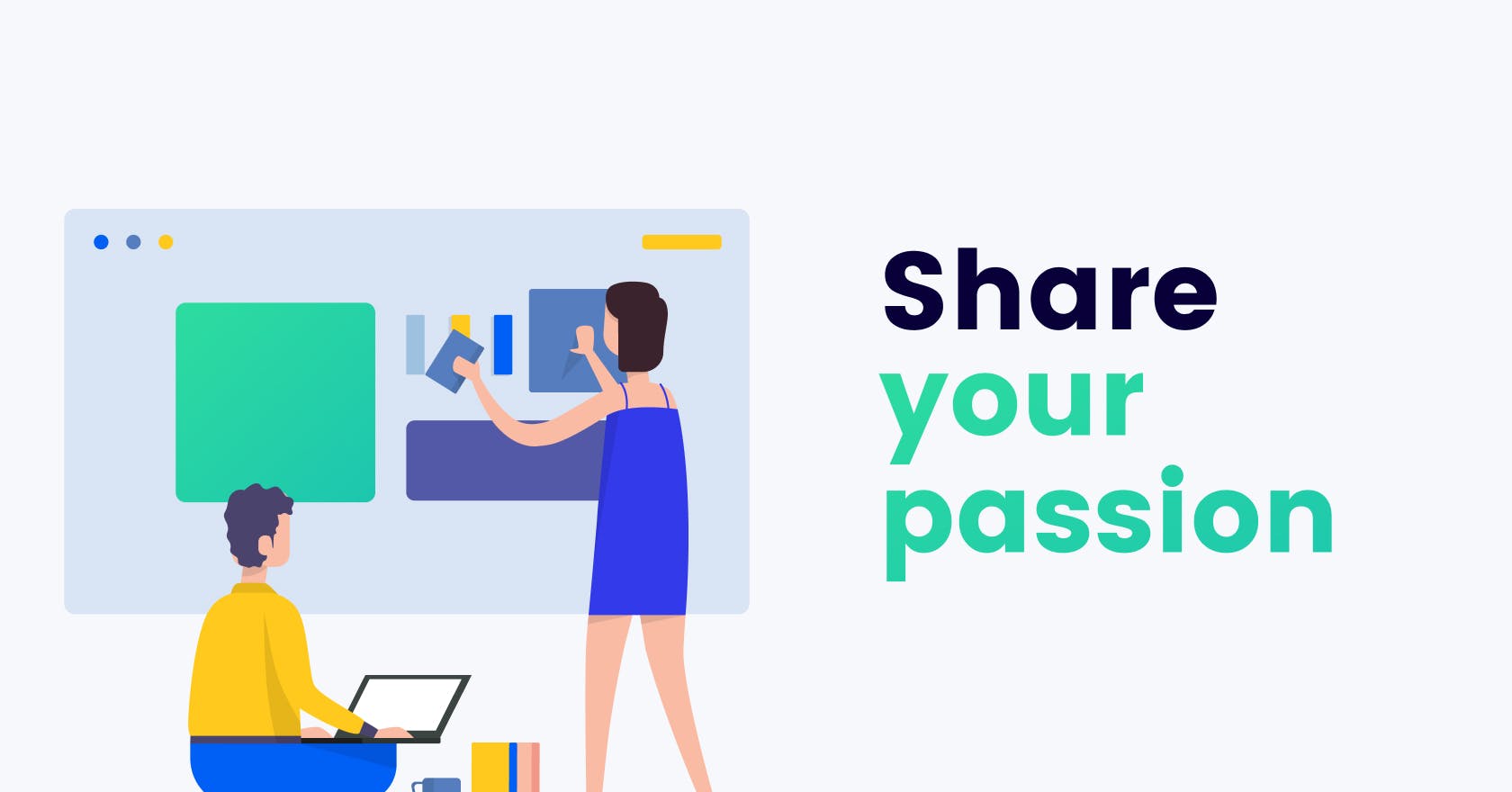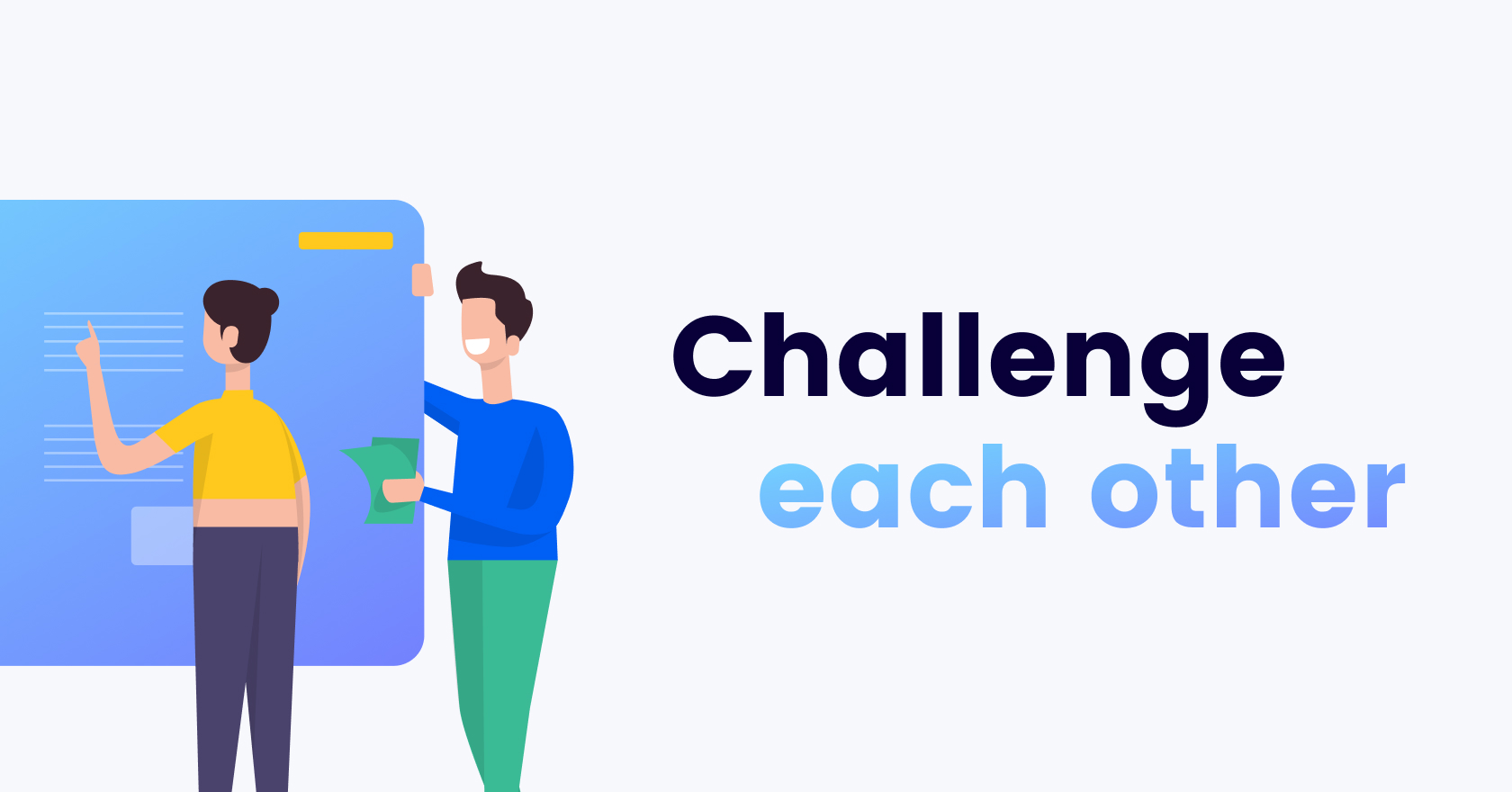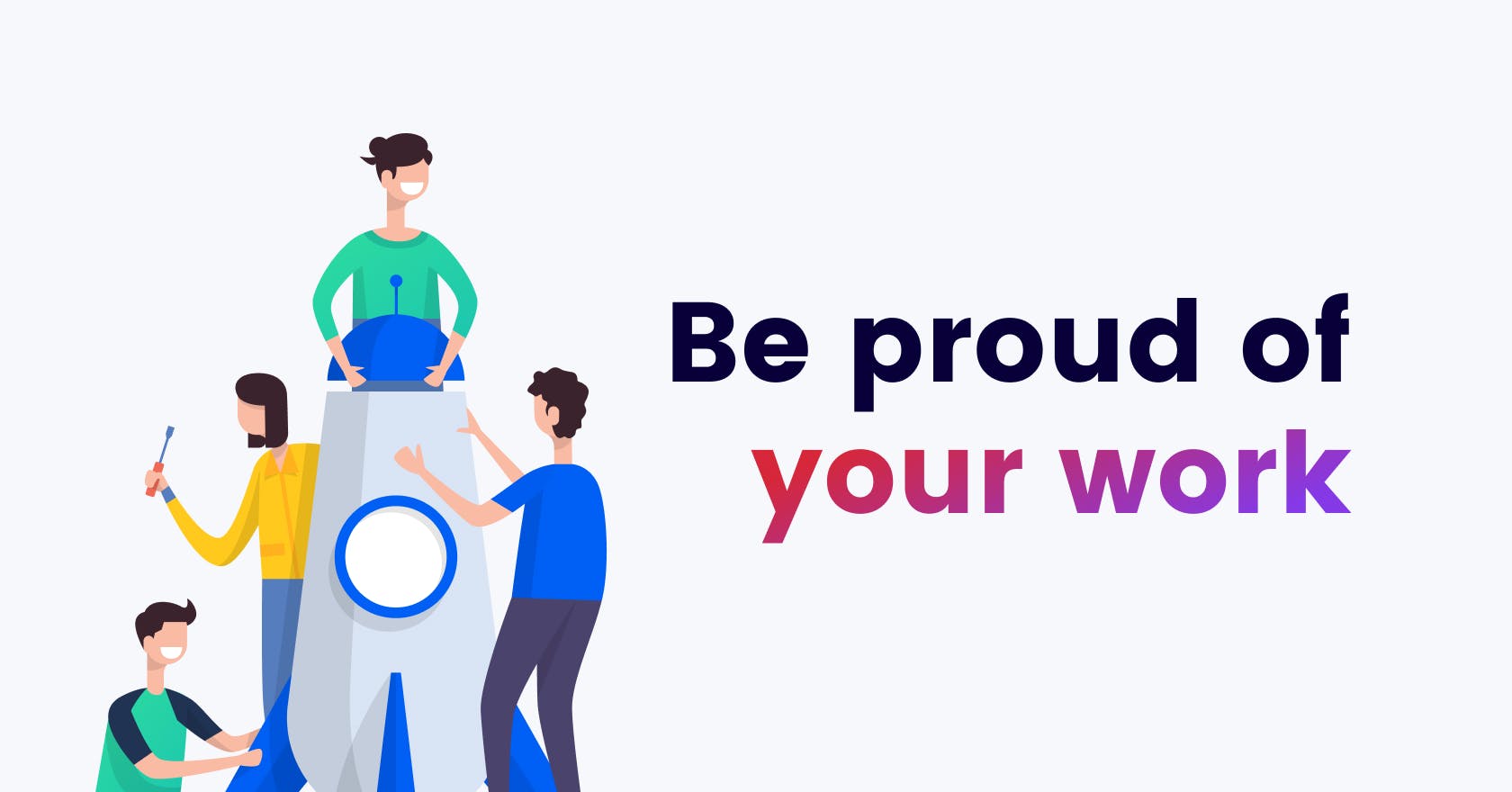How Nightborn created a challenging culture between designers and developers? 🙌
We are currently living in an unprecedented situation. Together, the world is trying to face the current outbreak and it's our responsibility to stay confined at home. At Nightborn we saw this as an opportunity to make our time at home as efficient as possible. We've always wanted to start sharing our knowledge and love for digital products through a blog and, yes my dear friends, the time is now.
Our first post is about the collaboration between designers and developers within a digital agency or a digital product company. At Nightborn, good collaboration is one of our core values and that's how we manage to create user-friendly and engaging applications.

It's not only about workflows and methods. It's about creating the right agency culture. 🚀
Developers and designers have very different roles within an agency or a product company. UX/UI Designers are usually dealing with Research, Workshops, creating the wireframes, User Interface, and interactive prototypes. Developers are kind of operating behind-the-scenes to make a product work. So, it’s not unusual to observe a bridge between the teams. Bridging the gap can result in a more cohesively designed and developed product.
Creating a successful work environment between developers and designers is not only about workflows and tools. Across our different experiences, working in agencies, or product companies, we've realized that the way developers and designers collaborate is evolving and changing throughout the years. Some methods and workflows prove themselves more efficient than others but are proven to be disasters on other projects.
Here, we're going to focus on more general principles and ideas that improved and helped us build a super-challenging environment between our technical & design teams.

1. A passionate team for high-end applications 💎
There is no secret if you want to build a team that creates successful applications, you need people who love what they do. Passion is contagious (even more than covid-19) and you have to let it spread within your company.
Let me tell you a small story about our Head of Design, David. He's been designing engaging mobile applications for quite a few years now, and the 589 mobile applications on his iPhone show the guy is actually passionate about what he does. He downloads a dozen apps every week seeking inspiration and discovering hot design trends.
You want to create an environment where your team members always share and talk about the latest trends on the market. Designers and developers are naturally mindful of what's going on in their industry. Encourage your team to share interesting articles, videos, or new tech & software with the rest of the team.
Spreading your passion might result in drastically improving the quality of the projects you are working on.

2. Understand each other's perspective 🤓
Design team. Developers team. In the end, we're just one team. One team working together to create engaging and polished digital products and applications.
It's important to instore a climate of mutual respect and understanding of each other's work. In some cases, a gap is created because of the lack of understanding of each other's workflow.
Increase knowledge among both teams by encouraging the share of general concepts and skills. Provide designers with the basics of coding so they can better understand how it works and have a more realistic idea of whether or not their designs can be translated into code.
On the other hand, you can also increase your developer's knowledge of UX/UI design. Teach them the importance of UX Design methods and how it can affect digital projects if underestimated. Feed them with beautifully designed User Interfaces, so they can have a better idea of the trends of the market, and realize that pixel-perfect can make a difference.
Increase this mutual knowledge can only benefit your team, as it can help designers adapt their approach when designing, encourage communication, and avoid misunderstandings among your team.
Want to learn about how we approach our projects? Find out more about it here!
👉 https://nightborn.be/process 👈

3. Take the time to challenge each other 👊
We know. We all have tight deadlines to deal with and planning to stick to. But if you want to create an environment that fosters creativity and innovation you have to let your team experiment with new challenging stuff.
At Nightborn, that's what we do. For 2 hours a day during a week, we let our designers and developers team up and work on something that inspires them.
A new promising tech to try? A micro-interaction library? A fancy custom animation to post on Dribbble? Elaborating new methods to improve our workflow? The list of challenges is endless, but it's key to involve both designers and developers so they collaborate and challenge each other.
These sessions helped us discovering new software and frameworks, it helped us create a challenging atmosphere within the team, but they mostly helped designers and developers get to know each other and understand how the other operates.
Here is the result of a quick challenge, initiated by a developer and executed by a designer.

Have you ever introduced Dribbble (literally the Bible of Designers) to a team of developers? We actually did it. Our developers now love browsing Dribbble and look for cool animations to reproduce. One thing for sure, at Nightborn, you'll never hear a developer saying this animation or this micro-interaction is too complex. Developers are now challenging designers to create high-end interfaces and animation.
Don't hesitate to check out our Dribbble page!
👉 https://dribbble.com/Nightborn 👈

4. Be proud (really proud) of the products you create 🤘
Budget issues, change requests, wrongly scoped projects, or even wrong general approaches are often leading to unfinished products. Unfinished products lead to a frustrated team and you definitely don't want to get there.
At Nightborn, we make sure that every team member can do his job at 200%. Scope your project properly and let your teamwork on the details so they can be proud of the high-end product they created.
If your designer asks for an extra day to polish his custom animation. No worries about it. In the end, his animation will help increase the quality of the final product and in the end, the designer will be rewarded and super happy to see his work.
If your developer wants to take an extra day, to improve your product's performance. Hell yeah, let him do his job! Passionate people want to do their job with love and want their job to have an impact. To take that away from them. Instead, allow them to create meaningful products.
By creating a quality-driven approach, you will unite your team towards a common objective, and that's the kind of atmosphere you want to create. That's how you create applications and products that people love to use.
Talking about being proud of your work? Discover Propchain's case study we recently published
👉 https://nightborn.be/projects/propchain 👈
In conclusion
Designers and developers both have technical and complex jobs. And to create well-designed, well-functioning products, they have to work together.
Forget about development taking priority over design, or design over development. It’s equally important for both teams to understand each other.
Instead of isolating each other’s process, consider that you’re both designing and building a product together as a team.
If you liked this article, you might also like: